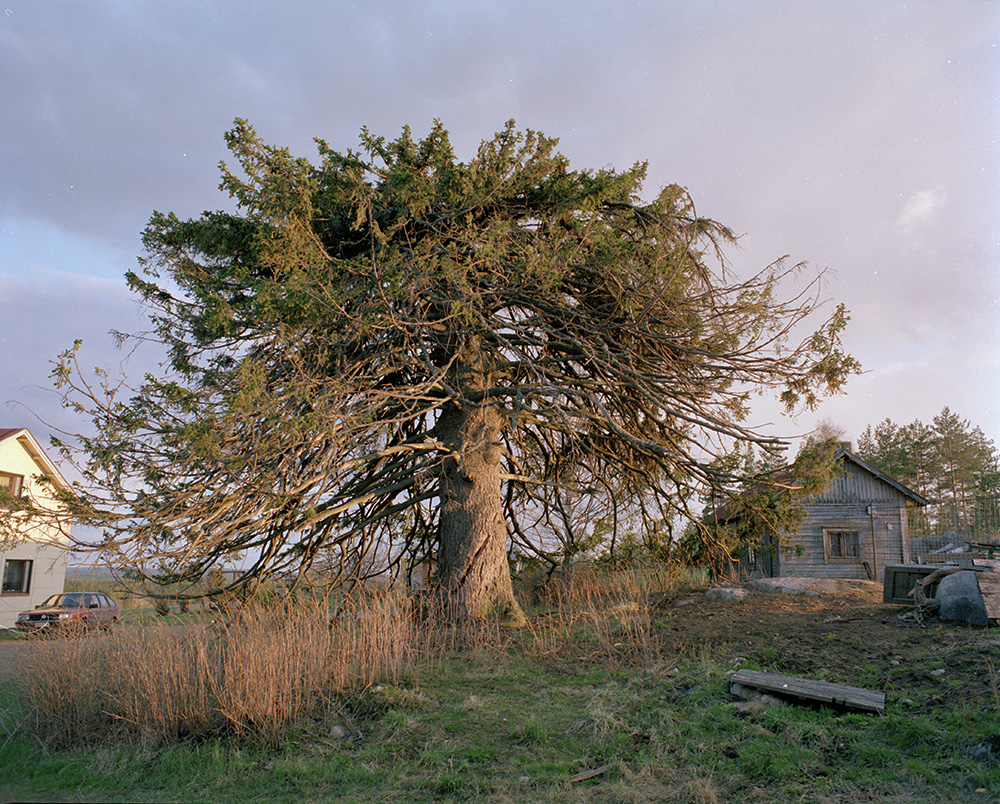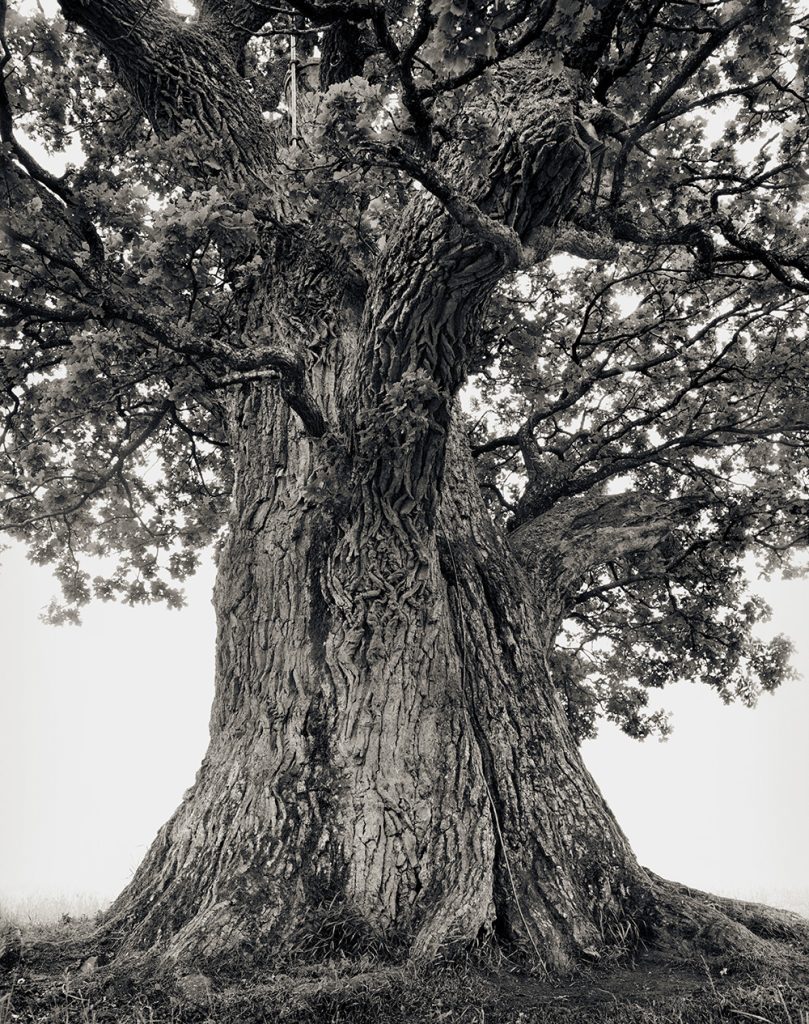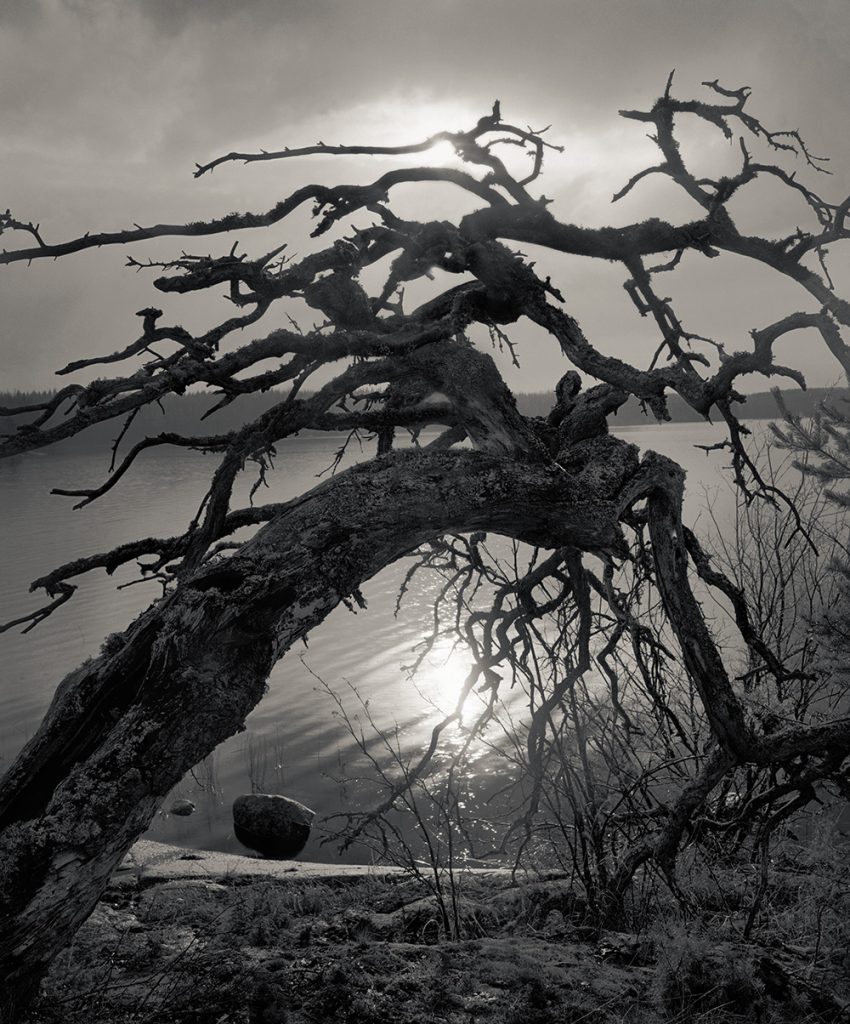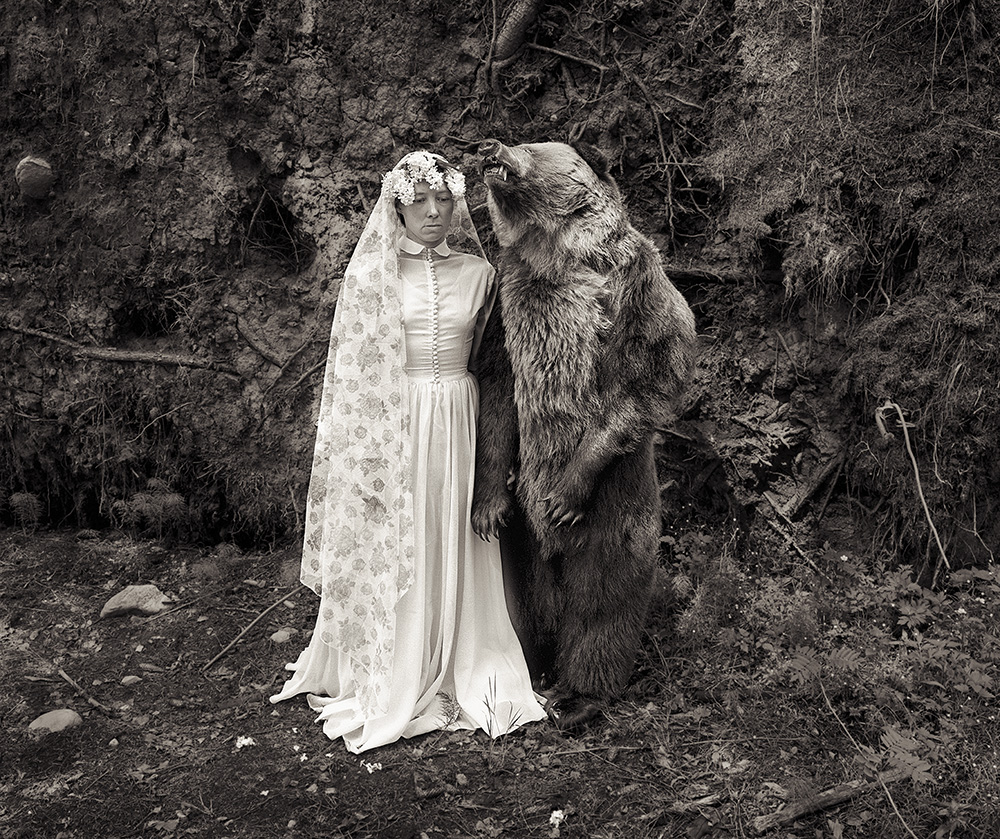
Puiden kansa
Ritva Kovalainen ja Sanni Seppo
Suomalaista puu- ja metsämytologiaa luotaava Puiden kansa-kirja ja näyttely julkistettiin vuonna 1997. Hanke sai Suomi-palkinnon ja kirja valittiin kirjavalioihin. Suomen luonnonsuojeluliitto antoi kirjalle ympäristöpalkinnon 2006.Puiden kansa -kirja on julkaistu neljällä kielellä (Tree people, Das Volk der Bäume ja フィンランド・森の精霊と旅をする ) ja se on yltänyt useisiin painoksiin. Laaja museonäyttely kiersi Suomessa yli kymmenellä paikkakunnalla ja sen jälkeen myös ulkomailla.
Puiden kansa kertoo vanhasta suomalaisesta luonnonuskonnosta, jonka tärkeitä kiintopisteitä olivat hiidet, pyhät lehdot, pyhät uhripuut sekä metsänjumaluuksista yhtenä mahtavimmista karhu. Kuvat entisistä pyhistä lehdoista, yhä pystyssä olevista uhripuista ja karhunkallohongista tuovat kaukaiselta tuntuvan mytologian 2000 luvulle. Suomen kansan vanhat runot, kansatieteelliset keräelämät sekä nykypäivän ihmisten tarinat luovat kuvan vahvasta vallinneesta henkisestä luonnonyhteydestä.
Kristinuskon myötä pyhiä puita ja lehtoja alettiin järjestelmällisesti tuhota. Kerrotaan, että pappien tärkein työkalu oli kirves. Uhripuita on kuitenkin pystyssä Suomessa tietomme mukaan kymmenkunta. Karhumyyttiin ja peijaisriittiin olennaisena kuuluneita karhunkallohonkia on niin ikään vielä muutama. Vainajien levottomina vaeltavia sieluja karkottamaan ja vainajan muistoa kunnioittamaan tarkoitettuja karsikkopuita risteineen ja nimikirjaimineen on useita lähinnä Itä- ja Keski-Suomessa.
TREE PEOPLE
A description of Finnish myths associated with trees and forests.
‘Tree People’ provides a comprehensive picture of the traditional beliefs of our ancestors concerning trees and forests and of the remnants of this tradition that Finns still carry within them. ‘Tree People’ describes what trees can offer people besides game animals and utility articles or raw material for industry.
The roots of our relationship to the forest extend far back into a mythical era when our woods were still inhabited by spirits of many kinds. At that time the religious centres of communities were sacred groves, where people gathered to maintain contact with the great gods of nature. People revered the forest gods by sharing a part of their catch with the woods at Tapio’s Table. In the yard of almost every house or farm was a sacrificial tree to which people’s destinies were tied. Through the tree, contact was maintained with the deceased and the guardian spirits. Offerings were made to it, and it was asked for help in curing illnesses.
With the arrival of Christianity, the systematic destruction of sacred groves began. It is said that the priests’ most important tool was the axe. But sacrificial trees are still standing, and there are still a few of the bear’s skull pines which were an essential element of the bear myths and bear-killing rites. And there still exist quite a number of ‘karsikkos’, trees bearing crosses and initials and intended to ward off the restlessly wandering souls of the dead.


